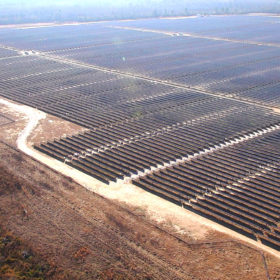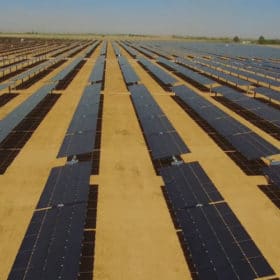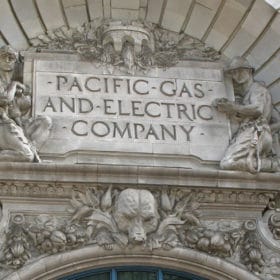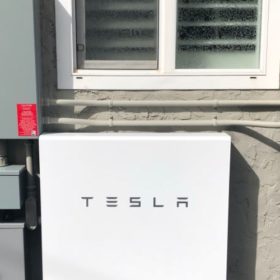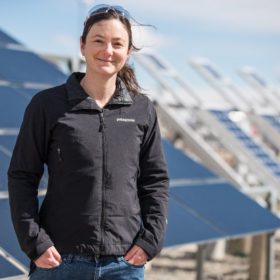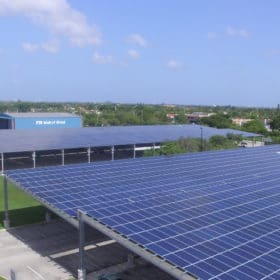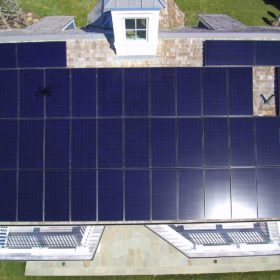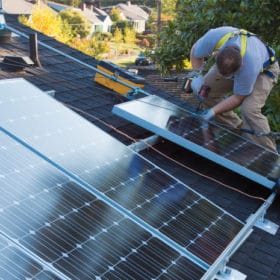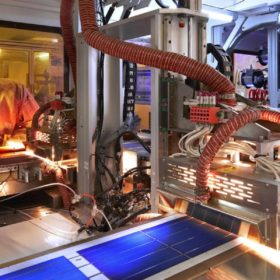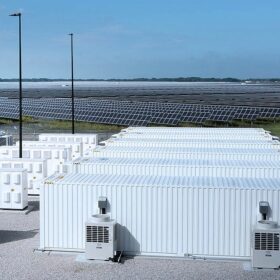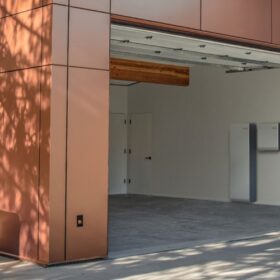Scientists see global PV rocketing to 10 terawatts by 2030, for starters
A Science journal article describes how to reach “a future with ~10 terawatts of PV by 2030 and 30 to 70 terawatts by 2050, providing a majority of global energy.”
Pumped hydro with better financing can compete with batteries
Pumped hydro storage is highly cost competitive for large-scale energy storage, according to a report published by the San Diego County Water Authority. The report models a pumped hydro project as securing better financing terms than battery storage.
Designing for and monetizing curtailed solar power
Research by NREL and First Solar has produced highly accurate, real-time estimates of available aggregate peak power that a curtailed solar power plant can deliver to support the broader needs of the grid.
pvMB 3/19/19 Fisker’s $40k EV, Navisun acquires a 14.3 MW solar portfolio… and more!
Hello and welcome to today’s pvMB. Today we’ll be looking at Tesla extending its offer to acquire Maxwell Technologies, San Francisco potentially taking over PG&E assets, Orgis’ new service branch and everything else you need to know in solar today.
pvMB 3/12/19: Rhode Island’s solar siting bill, POWERHOME expands to Indiana… and more!
Hello and welcome to this Tuesday pvMB. Today we’ll be checking out NREL’s city-level siting data, a solar canopy protecting a car dealership from hail, Sierra Club and SunPower’s rebate program and everything else to prep you for your day.
pvMB 2/28/19: Iowa considers “sun tax”, Tesla Powerwall installations begin in Vermont
Good morning and welcome to the pv magazine USA morning brief. Today we also bring you Kansas’ solar advocates pushing back against discriminatory fees, NREL getting testing uncertainty down to 1.1%, a new CMO at JinkoSolar, and more…
pvMB 2/15/19: Nexamp completes NY community solar, CALSSA supplier directory
Its Friday morning and today’s pv magazine USA morning brief goes well with coffee. In this edition we bring you additions to Panasonic’s premium installer list, a new drone dealership, insight into millennial employment goals and more.
Modeling the renewable energy modelers
NREL has begun an effort to improve its ability to model deployments of variable renewable energy sources across the U.S. power grid. This effort has begot two papers as of yet – one a broad analysis of how four specific models work and how to improve them, and the second a comparison of the varying outcomes of models under normalized conditions.
Getting solar to the other 329 GW of homeowners
PosiGen has raised $90 million from the Connecticut Green Bank for a credit facility to fund low- to moderate- income households, which represent 42% of residential buildings in the United States.
NREL: Online shopping brings cheaper solar & batteries
The DOE’s national lab estimates that by using “quote platforms” rather than dealing directly with installers, homeowners can save $1,000-$2,000 on a typical 5 kW rooftop PV system.
